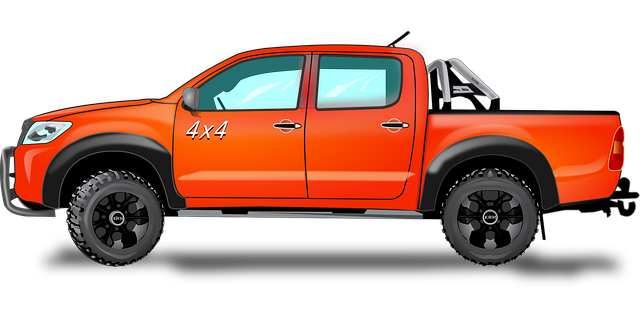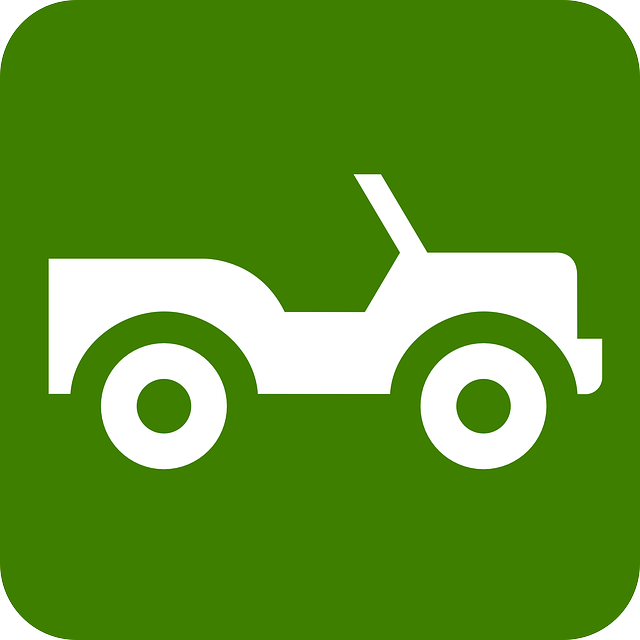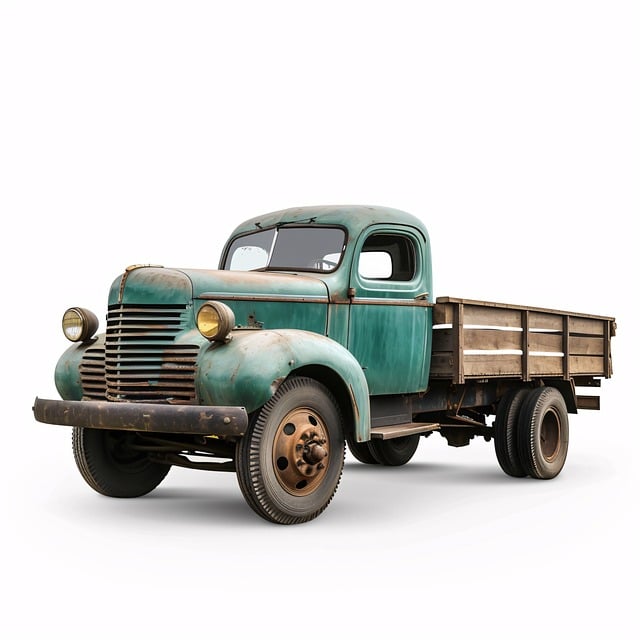In Brownsville, recovery lines are essential for safe and efficient vehicle recovery, especially for trucks. Advanced diagnostic tools empower mechanics to quickly identify issues in complex systems like engines, transmissions, brakes, and suspensions, minimizing downtime and enhancing performance. Choosing the right recovery line based on towing capacity, terrain, and tool capabilities ensures effective roadside assistance. Safety protocols, including proper training, PPE, and clear communication, alongside these tools, revolutionize recovery operations for Brownsville truck owners.
In the realm of truck maintenance, recovery lines play a pivotal role in repairing and restoring damaged vehicles. This article delves into the intricacies of recovery lines, offering a comprehensive guide for truck owners and mechanics alike. We explore the fundamental concept, highlighting the significance of understanding recovery lines as a basic repair technique. Furthermore, we discuss the critical role of Brownsville truck diagnosis tools in efficient recovery operations, their common applications, and the advantages and disadvantages associated with their use.
- Understanding Recovery Lines: A Basic Concept
- The Role of Brownsville Truck Diagnosis Tools in Recovery
- Common Applications of Recovery Lines in Truck Repairs
- Advantages and Disadvantages of Using Recovery Lines
- Choosing the Right Recovery Line for Your Truck
- Safety Precautions and Best Practices for Recovery Operations
Understanding Recovery Lines: A Basic Concept

Recovery lines, a fundamental concept in the automotive world, particularly for truck owners in Brownsville, refer to the essential systems and processes that enable a vehicle to regain control, stability, and functionality after a diagnostic issue or an accident. These lines act as a safety net, ensuring that even when something goes wrong, the truck can be safely recovered and returned to optimal operating condition. With advanced Brownsville truck diagnosis tools at their disposal, mechanics can identify issues along these lines swiftly.
Understanding recovery lines involves recognizing the interdependence of various components, from the engine and transmission to the brakes and suspension. Each element plays a critical role in maintaining the overall health and safety of the vehicle. By utilizing diagnostic tools tailored for Brownsville’s truck fleet, technicians can pinpoint problems within these lines, allowing for prompt repairs and minimizing downtime, ensuring that these powerful machines continue to serve their owners reliably.
The Role of Brownsville Truck Diagnosis Tools in Recovery

Common Applications of Recovery Lines in Truck Repairs

In the world of truck repairs, recovery lines play a crucial role in diagnosing and addressing various issues. These specialized tools are designed to help mechanics and technicians in Brownsville efficiently identify problems within a truck’s complex systems. With their advanced capabilities, recovery lines enable a deeper understanding of the vehicle’s electrical, hydraulic, and diagnostic networks.
One of the primary applications is in identifying faulty sensors, which can be challenging without the right equipment. By connecting recovery lines to the truck’s computer system, mechanics can access real-time data, trace error codes, and pinpoint problematic sensors or components. This process streamlines the diagnosis, allowing for faster repairs and minimizing downtime for commercial fleets in Brownsville.
Advantages and Disadvantages of Using Recovery Lines

Choosing the Right Recovery Line for Your Truck

Choosing the right recovery line for your truck is an essential step in ensuring effective and efficient towing and roadside assistance. In Brownsville, where diverse road conditions can pose challenges, having the suitable recovery line becomes even more critical. Consider these factors when selecting a recovery line: first, check your truck’s towing capacity and match the line’s strength accordingly. Different trucks have varying towing requirements, so ensure the line can handle the weight of the vehicle or load you intend to tow.
Secondly, consider the type of terrain and road conditions you frequently encounter. Are the roads primarily smooth highways or do they involve rugged, off-road trails? The right recovery line should align with these scenarios; for instance, a more durable, high-strength line might be suitable for frequent off-roading while a lighter, versatile line could work better for daily commuting on paved roads. Accessorize your truck with reliable Brownsville truck diagnosis tools to assess the needs accurately and make an informed decision about the recovery line that best suits your trucking requirements.
Safety Precautions and Best Practices for Recovery Operations

When undertaking recovery operations, safety should be the paramount concern. Essential precautions include ensuring proper training for all personnel involved, as well as utilizing appropriate personal protective equipment (PPE). In addition, a thorough understanding of the vehicle’s systems and mechanical layout is crucial to avoiding further damage or complications during the recovery process.
Best practices advocate for employing advanced diagnostic tools like those available in Brownsville truck repair shops. These tools enable accurate identification of issues, guiding safe and effective recovery strategies. Moreover, maintaining clear communication among team members is vital, especially in complex scenarios, to ensure every step aligns with safety protocols and best practices.
In conclusion, recovery lines play a pivotal role in truck repairs, especially when utilizing advanced Brownsville truck diagnosis tools. They offer numerous benefits, from facilitating efficient repairs to enhancing safety during operations. However, understanding their applications, advantages, and potential drawbacks is crucial for making informed decisions. By selecting the right recovery line and adhering to best practices, truck mechanics can ensure effective and safe recovery processes, ultimately contributing to better vehicle performance and road safety.



